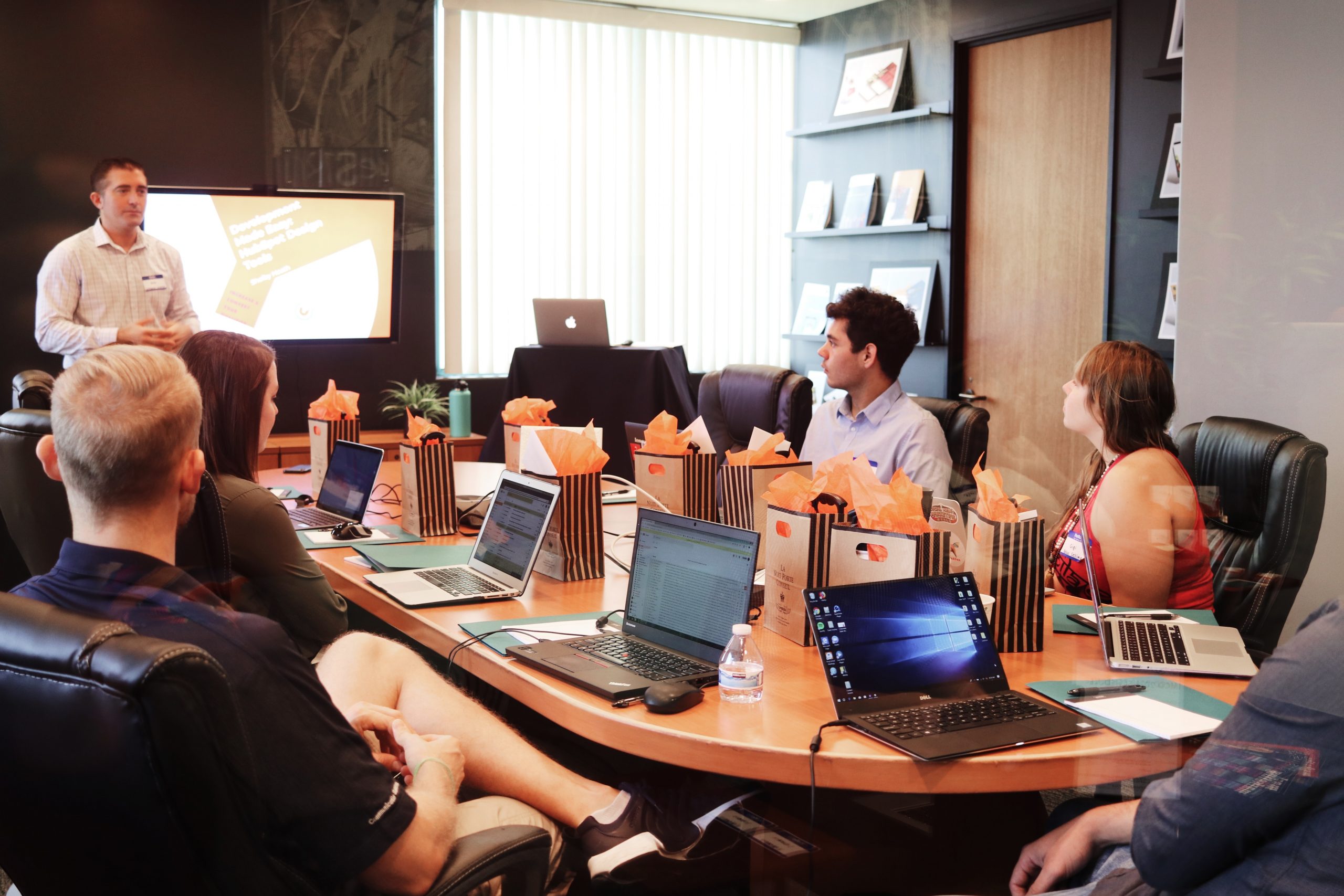Digital transformation is a key driver for recruitment agencies looking to build relationships with clients and candidates effectively, as well as to drive internal efficiencies. Given the UK unemployment rate for June to August 2022 was at its lowest in almost 50 years at 3.5%, recruiters must differentiate themselves from the rest to attract top talent.
Thanks to the plethora of software currently available to support recruitment agencies, such as automated screening, chatbots and optimised recruitment websites, there are tools to aid every stage of the candidate journey.
Attracting candidate attention
Step one of the recruitment journey involves candidate attraction, and the landscape has become increasingly digital across all sectors in recent years. Gone are the days of candidates embarking on face-to-face job searches – today’s job search is conducted almost exclusively online. Recruitment agencies need to meet candidates where they are, especially in the context of the candidate shortage that exists across all markets right now.
Usually, a candidate’s first engagement with an agency is through their website. So, investing in a high-performing website built on a recruitment specific SaaS (Software as a Service) platform will pay dividends. Aside from being designed to optimise candidate conversions, agencies won’t have to pay additional amounts to external developers for every change, as they can refresh their own web content with a full Content Management System. The cloud-based system is automatically upgraded with new functionality, and hosting costs are included, with GDPR and security issues taken care of.
Reducing time-to-hire through automated screening
Glassdoor reports that it takes an average of 27.3 days for a candidate to go through the hiring process. Following significant time and investment in attracting good quality candidates, agencies must ensure that all compliance requirements are met efficiently to avoid losing candidate interest and missing out on placements to their competitors.
The candidate market has tightened due to post-Brexit immigration rules, regulatory change, and skills shortages resulting in a higher number of vacancies and less available talent. Workers are increasingly likely to receive offers through multiple channels, and consultants must move candidates through the recruitment process quickly. Only a swift and professional screening process will secure a candidate who may be applying for several positions simultaneously with a view to taking the one that completes the quickest.
Agencies can streamline their screening processes with the support of pre-employment screening software, which is designed to help businesses to stay abreast of changing legislation, deliver a better candidate experience, and avoid reputational damage. Aside from these key drivers, the automation of screening processes can improve efficiency, streamline operations and lower costs. Automating screening processes and integrating all checks into one platform, without the need to manage third party relationships, significantly reduces the time-to-hire.
Technology as a candidate relationship enabler
Throughout the candidate journey, recruiters actively want to provide good candidate care, but the volume of applications can make this impossible without supporting technology. Staffing agencies are essentially human capital institutions, serving candidates through recruitment consultants, but in our online world there inevitably needs to be a high degree of digital communication. Automation provides a helping hand in this area.
Perhaps surprisingly, the number of candidates polled as part of the CandEs research who are “extremely likely to refer others” increased by 27% when a chatbot answered questions during the application process. If the automated communication is received in a timely and professional manner this is proven not to create brand detractors. It is a lack of communication that fosters negativity, not necessarily how it’s delivered.
Digital transformation provides a wealth of new opportunities for recruitment agencies to streamline and enhance the candidate journey. They should however deploy these new technologies with careful consideration, optimising at different stages throughout the process and reviewing the impact on the candidate experience.







